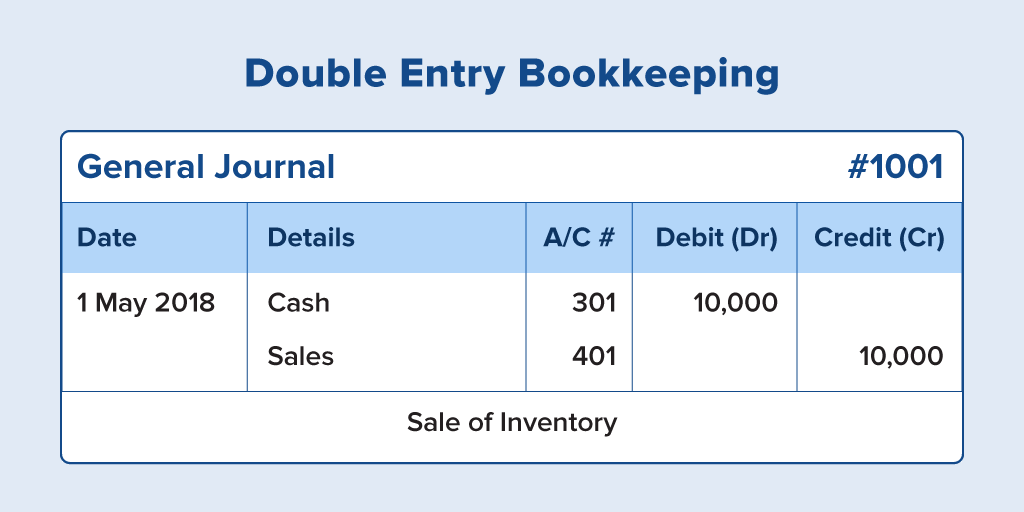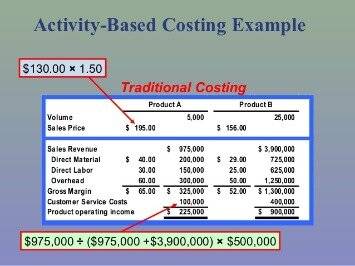
What if, instead of giving you 20% for the year, they paid you half the interest twice a year? (10% every six months) After the first six months you’d have $1,100 and after the first year you’d have $1,210. There is, however, a limitation on how long individuals can compound their wealth tax-free. On your death, you are, for tax purposes, deemed to have disposed of your investments.
- To put that in perspective, it would take an account growing at 0.23% per year for 313 years to double.
- I have coworkers and friends that will go out to eat every single day for lunch.
- Not only are you paying it to the bank, but you’re paying it to your employer because now you’re going to have to work even longer to be able to fund your retirement.
Consequently, your estate is taxed on your capital gains up to that date. So, for individual stockholders, buy and hold works best if you live to be as old as Methuselah. Since the Great Recession, central banks have kept interest rates low as a way to fight sluggish growth by encouraging spending rather than saving. It’s partially worked — the stock market enjoyed a historic 14-year bull market — but it’s had the side effect of hurting savers. The Ascent is a Motley Fool service that rates and reviews essential products for your everyday money matters.
Albert Einstein > Quotes > Quotable Quote
That’s why it’s in your best interest to start investing from as young an age as possible. And the longer you give yourself to benefit from it, the wealthier you stand to become. For example, let’s say you have an interest rate of 6%. This means it’ll take 12 years for your investment to double. For clarification, n will be the same as m if we are just converting nominal interest rate to effective interest rate during a one-year period.

To the left are a series of example interests percentages and the calculations for how long it will take at this rate to double the investment. After seven years, it is investment F that finishes with the highest return (with just over 5.25% compounded growth). Only one other investment (Investment D) broke even and finished at higher value than the starting value of 1. Both vacillate symmetrically, health insurance gaining one year, then losing the next. At first glance it would appear that there is no difference between these two investments, and you could be forgiven for saying that both are equivalent and totally neutral in earning potential. In 1916 a character in an advertisement in a California newspaper called “compound interest” the “greatest invention the world has ever produced”.
Summary
Don’t miss real-time alerts on your stocks – join Benzinga Pro for free! Try the tool that will help you invest smarter, faster, and better. The rule is a valuable tool for understanding compound interest. There’s another financial concept often linked to Einstein – the rule of 72.
Investor 1 saves $1,000 per year from age 18–30 — then STOPS SAVING FOREVER. This famous quote from Albert Einstein speaks to the significance of compound interest as a financial concept. Those are strong words from someone who most people consider a credible source on math-type stuff. Over 10 years, the total growth of the portfolio is 313%, and this could be achieved by applying a constant 12.1% interest over the 10 years. In the graph below, the blue line shows the cumulative compounded interest, and the orange dotted line shows the curve of constant 12.1% interest.
Investment Strategies
The words compounding interest are two of the most powerful in the investing world. Because compounding has such a huge impact on the outcome of money in the later years, it is crucial that you start saving early. As you test this equation you will see that even on day 20 your penny is only worth about $5000. The magic occurs in the later years since the compounding is being applied to increasingly larger numbers. And this is where Albert Einstein comes into play. According to Einstein, “Compound interest is the eighth wonder of the world.
- Almost everyone focuses more on the rate of return than on the length of time for which their capital will be invested.
- In conclusion, this article presents a snapshot of current research.
- That means your annual interest would be $1,010 – more than your original investment.
Even if they had been taught before, they really appreciated being taught again. Even with all that fanfare for the topic, I’ve been guilty of neglecting to properly cover when discussing financial literacy. I’ve found I take for granted that I was taught the power behind compound interest at a young age. I was fortunate that I had classes that taught me these lessons as early as middle school, but not everybody is so fortunate. The middle column gives the true number of years, and the right column gives the answer as estimated by the Rule of 72. QI hypothesizes that an anonymous advertising copywriter initiated the idea that compound interest was the world’s greatest invention or man’s greatest invention.
Never blindly pursue high-return investments
The kind of time that young people have today to compound their investments makes old hedge fund cats salivate. That’s why they are looking for the fountain of wealth. Only time will tell, but the same is true with your investments. Only time will tell if you are smart enough today to put some money to work. Rich people don’t have any bigger advantage in the market than poor people do.
How to use the compound interest formula
And if I can be quite frank, it’s why broke people are broke and rich people are rich. Why is compounding interest a greater teacher of patience? In fact, compounding interest is actually pretty boring, it can be like watching paint dry. Just as a snowball compounds and grows, so can your wealth. Have you ever wondered at what makes an avalanche so powerful? A force so massive actually starts from a very small place.
But what if Dad were nearly as good an investor as Warren Buffet who averaged a 21.5 percent annualized return? Hold onto your hat, June, because a 20 percent annualized return would have turned the $6.11 into $351.4 million. That’s enough to buy a small island for the birthday celebration, or just about anything else she or her family could want. This variation of the formula works for calculating time (t), by using natural logarithms. You can use it to calculate
how long it might take you to reach your savings target, based upon an initial balance and interest rate.
